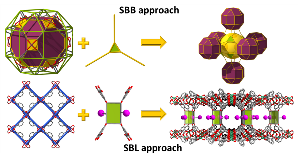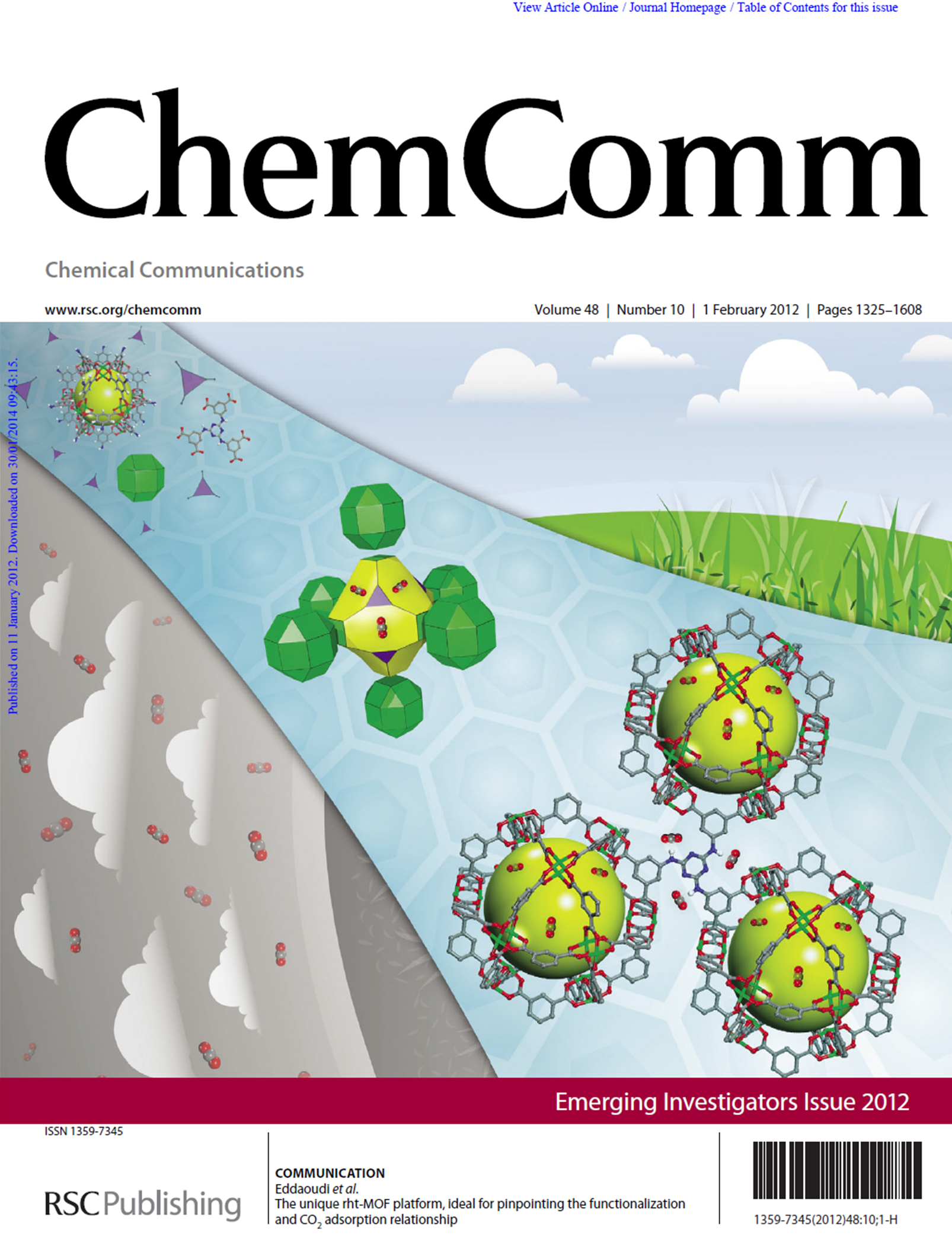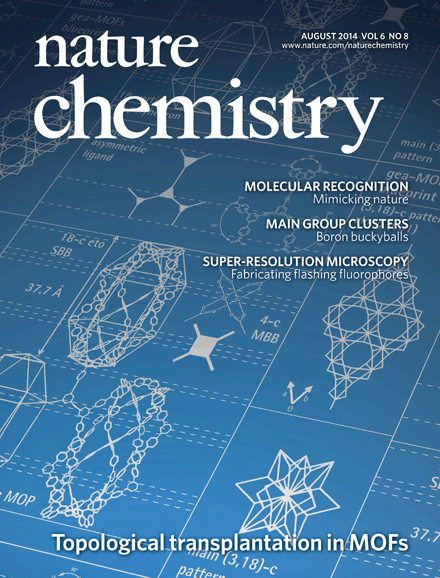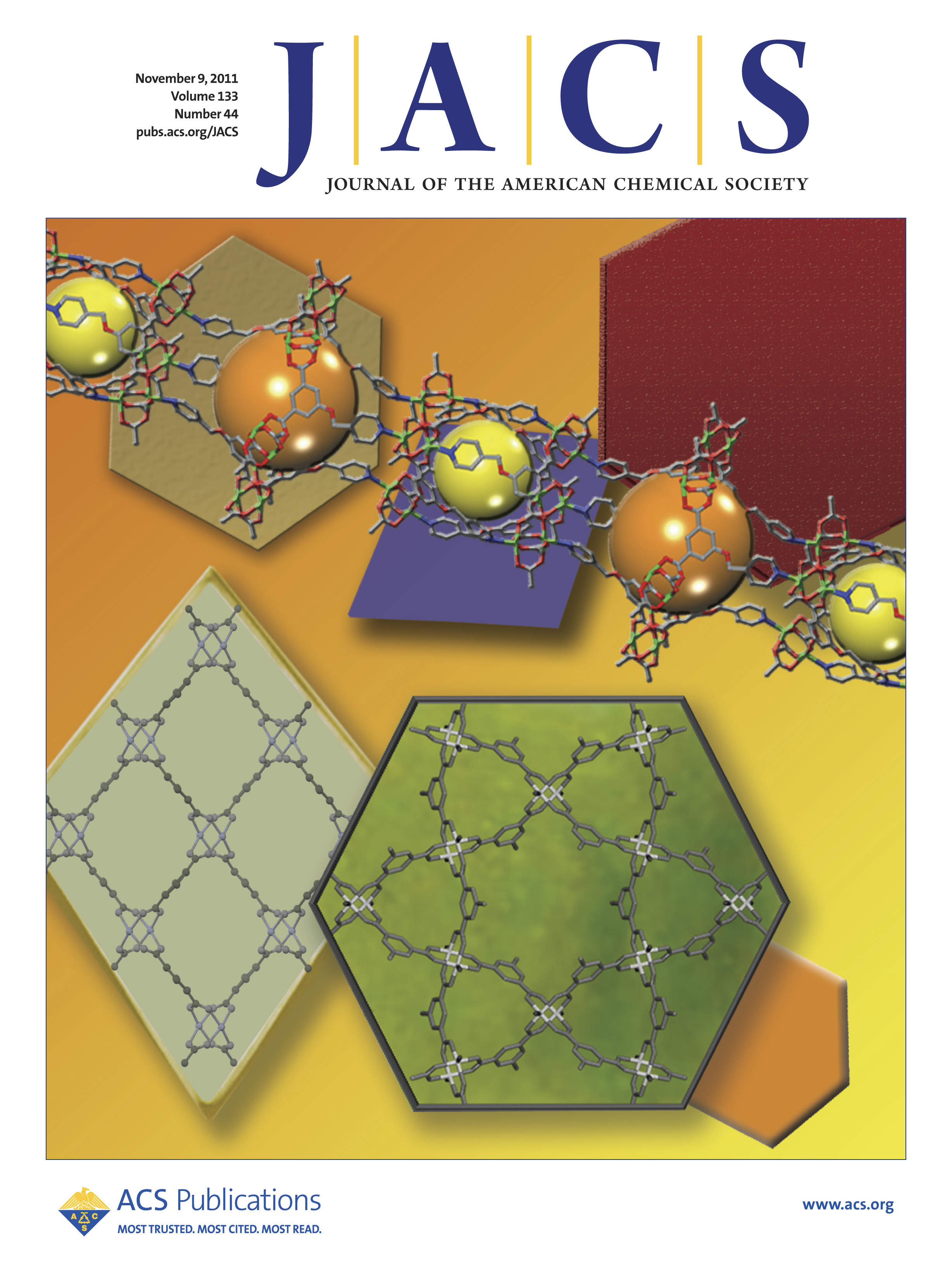


10 July, 2014
Congratulation to Vincent, Jarrod, Ryan, Karim and Prof. Eddaoudi for their contribution to the prestigious Chem. Soc. Rev. journal.
This review, written in collaboration with researchers from Lah's group in the Uslan National Institute of Science and Technology, is an intuitive toolbox for the design of made-to-order MOFs pinpointing the rational and benefits of the Supermolecular Building Block (SBB) and Supermolecular Building Layer (SBL) approaches.
In this review, they describe two recently implemented conceptual approaches facilitating the design and deliberate construction of metal–organic frameworks (MOFs), namely supermolecular building block (SBB) and supermolecular building layer (SBL) approaches. The main objective is to offer an appropriate means to assist/aid chemists and material designers alike to rationally construct desired functional MOF materials, made-to-order MOFs. They introduce the concept of net-coded building units (net-cBUs), where precise embedded geometrical information codes uniquely and matchlessly a selected net, as a compelling route for the rational design of MOFs. This concept is based on employing pre-selected 0-periodic metal–organic polyhedra or 2-periodic metal–organic layers, SBBs or SBLs respectively, as a pathway to access the requisite net-cBUs. In this review, inspired by our success with the original rht-MOF, we extrapolated our strategy to other known MOFs via their deconstruction into more elaborate building units (namely polyhedra or layers) to (i) elucidate the unique relationship between edge transitive polyhedra or layers and minimal edge transitive 3-periodic nets, and (ii) illustrate the potential of the SBB and SBL approaches as a rational pathway for the design and construction of 3-periodic MOFs. Using this design strategy, they have also identified several new hypothetical MOFs which are synthetically targetable.


